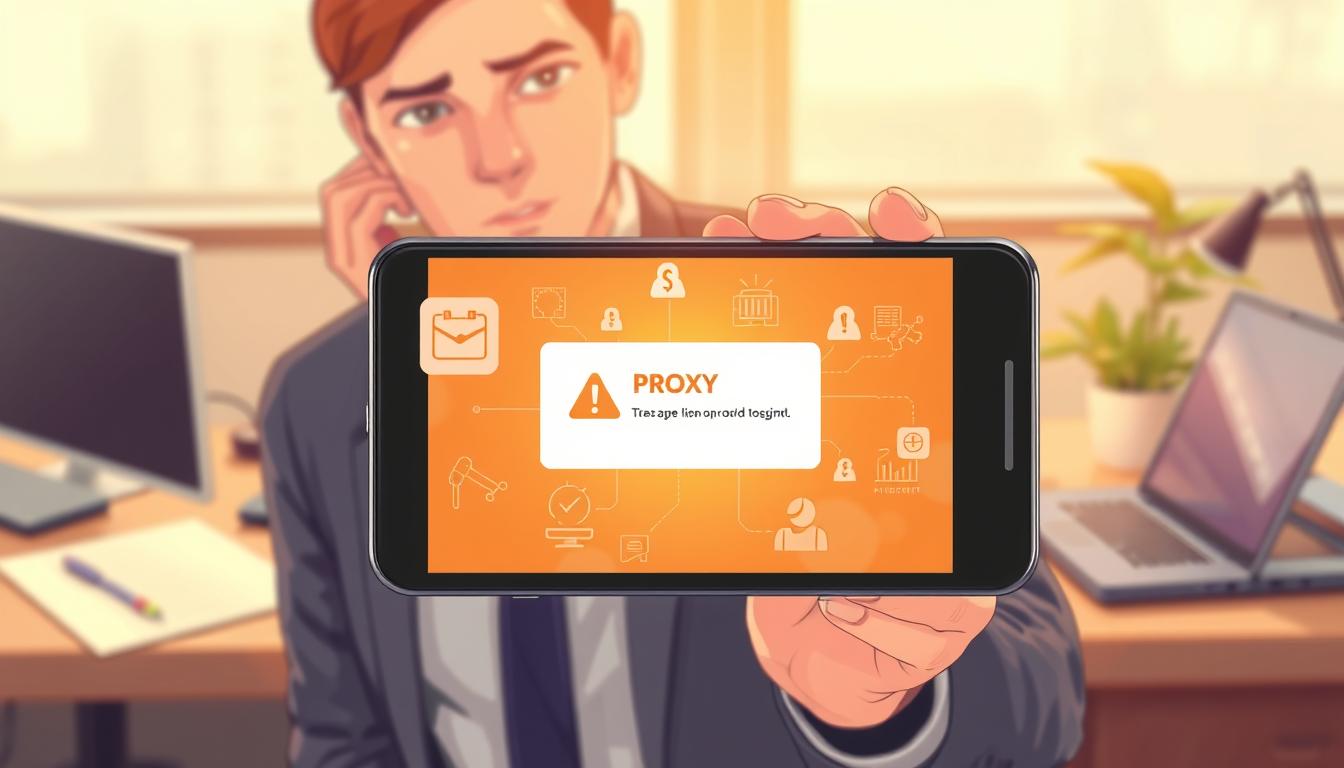FTC disclaimer: This post contains affiliate links and I will be compensated if you make a purchase after clicking on my link.
Did you know students in the United States spend over $1,200 a year on textbooks? But, there are many free textbooks and open educational resources (OER) online. They offer a way to avoid this high cost. This article will look at top sites for free digital textbooks, OERs, and public domain books.
Textbooks are crucial for higher education, but their costs are going up. This, along with higher education’s overall rise in cost, has led to OERs being used by some instructors. We want to show you the best sites for free textbooks. This way, both students and educators can save money without losing quality.
Key Takeaways
- Numerous websites offer a vast collection of free textbooks and educational materials, including Saylor Academy, Bookboon, OpenStax, Project Gutenberg, Library Genesis, and FreeBookSpot.
- These platforms provide access to digital textbooks, open-source resources, and public domain books that can be freely accessed and utilized for educational purposes.
- Utilizing free textbooks and OER can significantly reduce the financial burden on students, making education more accessible and affordable.
- The quality and effectiveness of OER have been extensively studied, with research indicating that they can achieve the same learning outcomes as traditional, commercially published textbooks.
- Instructors and students can evaluate the quality of OER resources and effectively integrate them into the course curriculum to enhance the learning experience.
Introduction: The Rising Cost of Textbooks
College students often struggle with the high cost of textbooks. Many can’t afford to buy the books they need. On average, a student spends $900 yearly on books. Book prices have gone up more than four times the inflation rate in the past twenty years. This makes it hard for students to get the materials they need.
Challenges Faced by Students in Accessing Educational Materials
Studies show many students can’t get the textbooks they need. 65% of students skip buying a book because it’s too expensive. A huge 94% worry their grades will suffer without the book. Almost half say book prices affect their class choices each semester.
The Importance of Affordable Educational Resources
It’s very important for students to have cheap or free textbooks. This would help all students do better in school. 82% believe they’d perform better with free online textbooks and optional print copies. Over 2,500 professors have started using free, open-source textbooks. This move can lower textbook costs and help students access the materials they need.
What are Open Educational Resources (OER)?
Open Educational Resources (OER) are teaching materials free online for anyone to use. They were named at the 2002 UNESCO Forum. This event talked about how free online courses could help colleges in poorer countries. OER follow three main ideas: anyone can use them for free, they have open rules for sharing, and you can change them to fit your teaching or learning needs.
Definition and Principles of OER
OER include materials like books, videos, or courses that are free to everyone. They are in the public domain or have a special open license. This means you can use, change, and share them freely. The key ideas behind OER are they should be free, open, and easy to adapt for different teaching situations.
Benefits of Utilizing OER in Higher Education
Using OER benefits colleges and students in many ways. It helps cut student costs by replacing expensive textbooks with free resources. This also makes educational tools available to everyone. Lastly, it encourages group learning and innovation among teachers and students.
| Key Benefits of OER | Description |
|---|---|
| Affordable Access | OER provide students with free or low-cost access to high-quality educational materials, reducing the financial burden associated with traditional textbooks. |
| Adaptability and Customization | The open licensing of OER allows instructors to modify and customize the content to better align with their course objectives and the specific needs of their students. |
| Collaborative Learning | The open and shareable nature of OER encourages collaboration among educators, facilitating the exchange of ideas and the development of new educational resources. |
| Increased Access | OER are freely available online, providing students with greater access to educational materials, regardless of their geographic location or socioeconomic status. |
Best Sites for Free Textbooks
Saylor Academy: Free Online Courses and Materials
Saylor Academy is a website with many free courses and resources for learning. It offers over 100 free courses in topics like art history and public speaking.
You can also get free college credits here through partnerships with over 30 universities. This happens because textbooks and course materials are open for anyone to use and change.
Overview of Saylor Academy’s Offerings
Saylor Academy has a lot of courses to pick from. There are classes in Accounting, Writing, and Business Law, to name a few. Students can learn at their own speed and get help online, all for free.
Transferring Credits to Partner Universities
Besides the free courses, Saylor Academy lets you earn college credits. These credits can move to over 30 universities. There’s a wide choice of course lengths, from 1 to 96 hours, to fit different schedules.
This combo of choices, flexibility, and credit transfer is great for those on a tight budget. By using Saylor, you can reach your school and work goals without spending too much.
Bookboon: Extensive Collection of Business and STEM Textbooks
Bookboon is an online platform that offers over 1,000 free textbooks. It mainly focuses on STEM and business subjects.
Originally started in Denmark in 1988, Bookboon later became a full-scale eBook publisher in 2005. Now, it’s a top provider of digital textbooks for free.
These books are made by professors and experts. They are concise and full of useful information. Even though the books are free, there are ads to help keep Bookboon running. This way, it can keep giving students these valuable resources.
Bookboon has lots of free textbooks on many subjects. You can find books on business, economics, literature, science, and technology.
The books are written by lecturers from top universities. This means the content is top-quality and right on point for students.
Aside from business and STEM, Bookboon also has other textbooks. This makes it great for students in different fields. The website is easy to use. Students can search for and find the textbooks they need without trouble.
Bookboon helps students by giving them free textbooks. This is a big help because college can be expensive.
They have a wide range of free resources. This makes it a popular place for students looking for free educational stuff. Without Bookboon, finding educational materials for free would be hard.
OpenStax: Peer-Reviewed Textbooks from Top Universities
OpenStax is a non-profit. It offers free textbooks that are reviewed by peers. Started in 2011 at Rice University, it covers many topics. This includes Math, Science, Social Sciences, Business, and Humanities. Universities work together to create these books. They can be downloaded in PDF and ePub.
Subjects Covered by OpenStax
OpenStax has books for both college and high-school students. They have Math, Science, Business, Social Sciences, and Humanities books. This makes it useful for many subjects.
Additional Resources for Instructors
For teachers using OpenStax, there are extra help materials. These include answer keys, PowerPoint slides, and more. They help teachers use OpenStax in their classes better.
OpenStax wants to help everyone learn by providing free books. Their goal is to make education cheaper and more available. They meet the need for open resources in colleges.

Project Gutenberg: Classic Literature and Public Domain Books
Project Gutenberg is the oldest big online library of free eBooks. It focuses on classic literature and public domain works. Michael Hart started it in 1971. It has over 70,000 free eBooks in many formats, like HTML, ePub, Kindle, and plain text. You can find authors, titles, subjects, and more easily.
Navigating the Project Gutenberg Library
Project Gutenberg has a lot of classical texts. It also has a place for new authors to share their works for free. You can find FAQ and info to help. Also, you can join Distributed Proofreaders to make new eBooks. This is where you can find info about donating, copyright, and how to use the books. There’s a section on how to use the eBooks in the US and other places.
Self-Publishing Press for Contemporary Authors
The self-publishing part lets new and known authors share their work for free. This makes the library grow, adding more than classic and public domain books. It helps writers get more readers and adds to the free eBook collection.
Library Genesis and FreeBookSpot
Looking beyond well-known sites like Saylor Academy, Bookboon, and OpenStax, we find Library Genesis and FreeBookSpot. These two sites offer a huge range of free textbooks and learning materials.
Accessing Library Genesis’s Extensive Collection
Library Genesis, or LibGen, is a powerful database. It lets people find and download lots of free books. This includes textbooks, articles, novels, and more. For anybody looking to study for free, it’s a goldmine. It’s especially good for students and researchers wanting easy access to learning materials.
FreeBookSpot: A Comprehensive Database of Free Books
For those who prefer a simple-to-use site, there’s FreeBookSpot. It has a big database filled with free books from all kinds of subjects. You can find 4,485 titles in 96 categories there. This covers everything from science to fiction.
Library Genesis and FreeBookSpot are perfect for students and teachers. They offer top-notch study materials for free. These sites are a great alternative to buying expensive books. They open up a world of learning without the big costs.

Open Textbook Library: Curated Collection for Post-Secondary Education
The Open Textbook Library (OTL) has many open textbooks for college and beyond. It started in 2012 at the University of Minnesota. Today, it holds more than 1128 books on topics like Business, Computer Science, and more.
Faculty Reviews and Rating System
Teachers can review and rate the quality of these .
Print-on-Demand Option
With print-on-demand, students can get physical books for a fee. This is good for those who prefer paper over digital.
Internet Archive: Millions of Free Books and Texts
The Internet Archive is a huge library online. It offers over 15 million books and texts for free. You can find all kinds of materials, from classic novels to scientific studies. You search by title, author, or topic easily.
Navigating the Internet Archive’s Collection
Exploring the Internet Archive is easy. You can find what you need using their simple search. Maybe you want a textbook, a journal, or a story. The site helps you find these quickly.
Restrictions and Licensing Information
Some texts on the Internet Archive have use restrictions. This could mean you can’t copy a lot of the text or use it for profit. Always check a text’s license to know what’s allowed when using it for studying or researching.

Research on the Efficacy of OER in Higher Education
Many studies have looked at how well open educational resources (OER) work in colleges. They found that students learn just as much with OER as they do with regular textbooks.
Student Learning Outcomes with OER
OER can really help students learn. In a study by Lovett et al. (2008), students got 18% better in stats when using OER, much more than the 3% in the control group. Bowen et al. (2012) checked over 3,000 students and saw those with OER did a bit better. But, these differences weren’t big. Hilton and Laman (2012) noted that in a Psych class, OER students had better grades and stayed in the class more.
Faculty and Student Perceptions of OER Quality
Both students and teachers like OER. They find it cheap and easy to get. Still, many teachers think traditional books are of higher quality. Even though teachers see OER’s good points, they don’t all use them.
OER can be good instead of regular books, making learning cheaper. Teachers and students can both like it.
Tips for Utilizing Free Textbooks Effectively
When you look for free textbooks online, it’s vital to pick the right ones for you. Check the info to be sure it’s accurate and fits what you’re learning. Make sure it’s up-to-date. Also, see if it matches what you need for your course.
Evaluating the Quality of OER Resources
To use free textbooks right, first, look at how true the info is. This helps it to be recent and good for teaching. Then, think about how it fits your class goals and how it helps students learn.
Integrating OER into Course Curriculum
To add OER to your class, plan it well. See if there are extra materials like tests or slides that can help. This makes using free resources in teaching easier.
Also, ask students to really use the free books. They can take notes, talk about what they learned, and do activities. This makes their learning better. And it all helps save money for students.

The Future of Open Educational Resources
The future of open educational resources (OER) looks very bright. More schools and teachers are starting to use these materials. The number of teachers using OER as must-have materials jumped from 15 percent to 29 percent between 2019-20 and 2022-23. Even more, between 2018-19, these figures went from 14 percent to 26 percent.
This growth is huge, especially since in 2015-16, only a small amount of teachers were using OER.
Increasing Adoption of OER in Higher Education
New tools and platforms are making OER easy to use. GenAI is one example. It helps with making, finding, and using OER for classes. This makes teaching with OER simpler and more effective.
Now, there are special people at many schools, like OER librarians. Their job is to help teachers use OER. Some schools even have classes to teach teachers how to best use OER.
Emerging Trends and Innovations in OER
Some schools are giving out grants to teachers who use or make OER. This helps overcome challenges with time and resources. Other schools, like those in Ohio and Massachusetts, are rewarding teachers’ OER work in big decisions, like getting tenure.
There’s also OERu, a big network of over 40 schools. They offer online courses based on OER that can count for credit. This makes learning more affordable and open for everyone.
People think OER will make education better for students. Studies show students do just as well, or even better, with OER compared to traditional materials. A Virginia Community College survey found that most students really like OER. This shows that people are starting to see the value in these free learning resources.
Conclusion
In conclusion, there are many free textbooks and resources online. This is great news for students facing high costs. Some of the best places to find these are Saylor Academy, Bookboon, OpenStax, Project Gutenberg, Library Genesis, FreeBookSpot, Open Textbook Library, and the Internet Archive. With these sites, anyone can get top-notch learning materials for free.
Studies show that using these free resources can help student performance. Both students and teachers like them a lot. And, as more and more people use open resources, education is becoming cheaper and easier to customize for everyone. This is great news for the future of learning.








